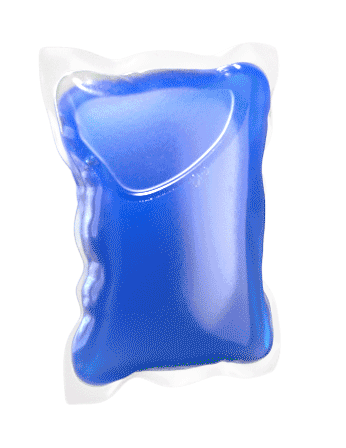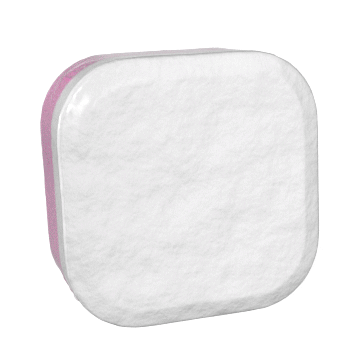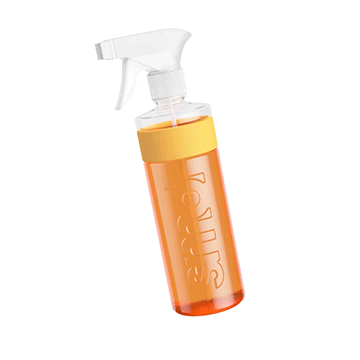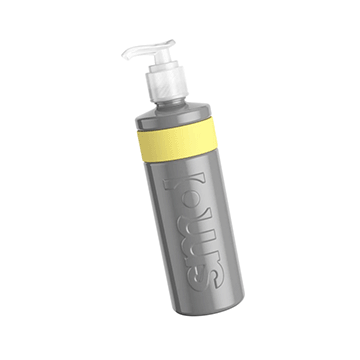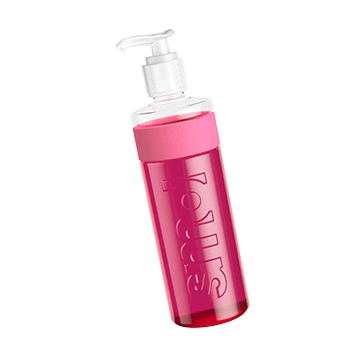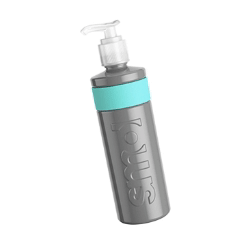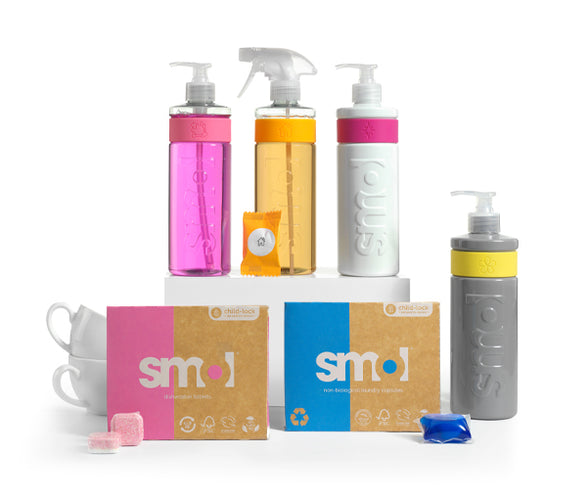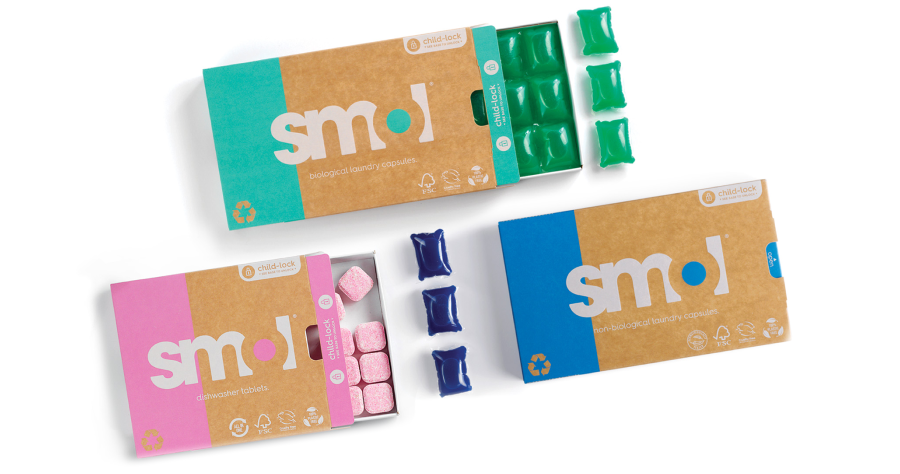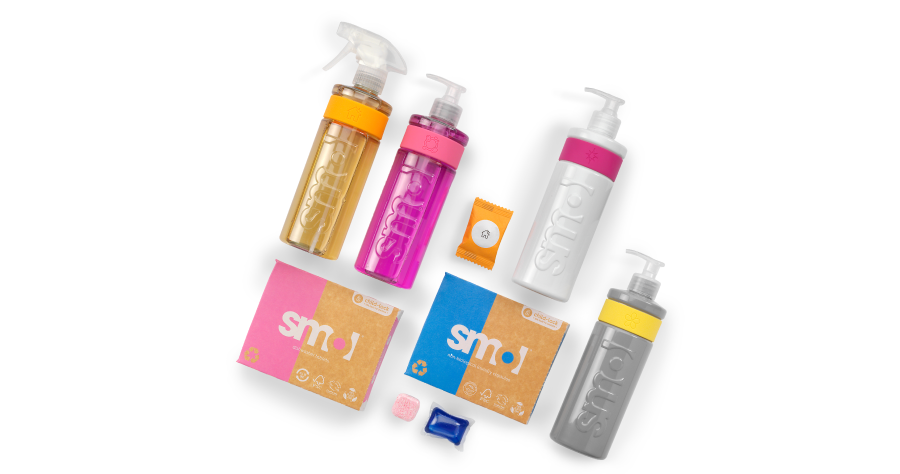
Laundry can feel a bit mysterious. Firstly, there are the cryptic clothing care label instructions and then there are the many different cycles to choose from on our washing machines.
Most machines will have a cotton cycle and a synthetic cycle and this is because they are the most common types of fabrics we use in today’s world. Of course, these materials have different properties, behave in different ways and will therefore benefit from being washed on a program that takes all this into account.
So here’s our guide on cotton and synthetic cycles to help with what’s what in the world of washing.
the basics of a cotton wash.
A cotton cycle is standard on most machines and it’s likely to have the following features:
Adjustable temperature (usually 30°C - 90°C)
High agitation - your clothes are going to get flung about to get them clean!
Fast spin speeds (1000 - 1400 RPM) because cottons absorb a LOT of water.
and when to select it.

Not surprisingly, you’re going to want to select this program for your cottons!
The program (with all its qualities listed above) has been specifically designed to work best on your hard wearing fabrics, like jeans, t-shirts, hoodies, towels and bedlinen.
When it comes to selecting your cotton wash temperature, most people see good results at 40°C when their fabrics have just an everyday level of dirt. If they are really only very lightly soiled you can get away with a 30°C wash which will cut your carbon AND save you money! smol bio capsules give brilliant stain removal at these lower temperatures and you’ll be helping your clothes last longer and keep their vibrancy with cooler washes.
Hotter cycles of 60°C or higher are ideal for white cottons, towels, bedding and very dirty items like cloth nappies, as they offer good bacteria removal.
the basics of a synthetic wash.
A synthetic cycle is gentler than your cotton cycle in the following ways:
Medium agitation will ensure more protection on delicate fibres.
Temperature choice will be cooler than your cotton cycles (usually 30°C - 40°C).
Lower spin speed (800 - 1000 RPM) to avoid wear and tear and because they absorb less water.
and when to select it.
A synthetic cycle is going to work well for your manmade materials - such as polyester, nylon, elastane, acrylics and semi-synthetic rayons like viscose. Your sportswear is probably going to fall into this group too.
Synthetic fabrics absorb much less water than cotton so spin speeds are not important for the wash and because they are more delicate on the whole it’s good to choose a cycle that’s not going to throw your items around as much as a cotton cycle would.
With the exception of delicates (clothes like wool or silk) that need a very gentle cycle with as little movement as possible, synthetics cycles are actually safe for most clothes. But remember, a cotton wash is going to need more oomph to get the items clean.
And synthetics do best with a cooler temperature. So here’s a top tip if you do spot a stain that needs a little extra - our stain gel will give brilliant results as a pre-treatment directly on the mark and you won’t need to then turn up the temperature to get a great clean.
Finally, when it comes to washing synthetics, if you’re concerned about the shedding of microplastics in your wash we have lots of useful information on how to reduce the microfibre pollution from your laundry.
lastly, don’t forget your labels.
We always recommend reading your clothing care labels before selecting your wash cycle and wash temperature so why not check out our handy guide to these confusing hieroglyphs here.
LAUNDRY FREE TRAIL